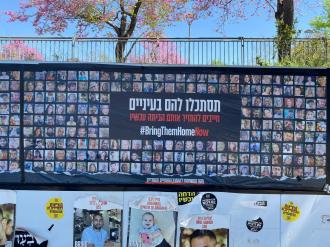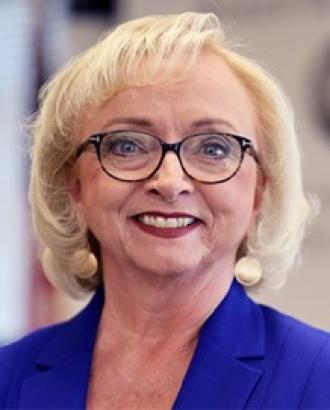A third of Americans are showing signs of clinical anxiety or depression, Census Bureau data shows, the most definitive and alarming sign yet of the psychological toll exacted by the coronavirus pandemic.
When asked questions normally used to screen patients for mental health problems, 24% showed clinically significant symptoms of major depressive disorder and 30% showed symptoms of generalized anxiety disorder.
The findings suggest a huge jump from before the pandemic. For example, on one question about depressed mood, the percentage reporting such symptoms was double that found in a 2014 national survey.
The troubling statistics were released last week in a tranche of data from the Census Bureau. The agency launched an emergency weekly survey of U.S. households at the end of April to measure the pandemic's effects on employment, housing, finances, education and health. In the most recent data release, 1 million households were contacted between May 7 and 12, and more than 42,000 responded.
Buried within that 20-minute survey, U.S. officials included four questions taken nearly word-for-word from a form used by doctors to screen patients for depression and anxiety. Those answers provide a real-time window into the country's collective mental health after three months of fear, isolation, soaring unemployment and continuing uncertainty.
New York, which had the worst coronavirus outbreak in the country, ranked 12th nationwide in terms of share of adults showing symptoms. Nearly half of Mississippians screened positive for anxiety or depression - a staggering number. By contrast, in Iowa, just over a quarter screened positive.
Some groups have been hit harder than others. Rates of anxiety and depression were far higher among younger adults, women and the poor. The worse scores in young adults were especially notable, given that the virus has been more likely to kill the elderly or leave them critically ill.
Those results reflect a deepening of existing trends: rising depression, stress and suicide among young adults. "It's been a problem many have been studying with no clear answers - whether it's social media or the way this generation was reared or just a greater willingness to talk about their problems," said Maria Oquendo, a professor psychiatry at the University of Pennsylvania. "What's worrying is the effect this situation is clearly having on young adults."
As universities and schools look to reopen, they must take mental health into account, said Paul Gionfriddo, president of the advocacy group Mental Health America. "There's been plenty of talk about spacing desks apart and classroom ratios but not much at all about mental health support," Gionfriddo said. "For one thing, we have to do much more mental health screening among young people."
The toll has also hit the poor much harder, according to the Census Bureau data - throwing into even sharper relief mental health disparities that have long existed.
When asked, for example, how often they worried uncontrollably in the past week, 60% of those making $150,000 or more said they didn't struggle with it at all. Meanwhile, those numbers were almost inverted among people making less than $25,000 a year - with only 32% saying they didn't struggle with uncontrollable worry and 23% saying they worried uncontrollably nearly every day. Read more at SFGate
















